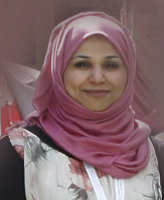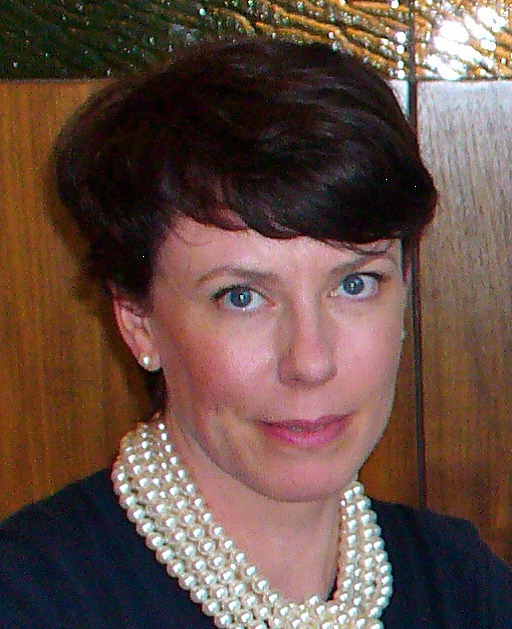A review of recent international media coverage of museums in the GCC states would strongly suggest that museums are new institutions in the region housed within a westernstyled cultural package, with international collections primarily aimed at attracting tourists. Therefore, national museums have been dismissed as a 21st century phenomenon in the Gulf, though many museums pre-date independence and were tools of social and political cohesion. 2 This workshop will focus on and investigate the region’s manifestation of the ‘national museum’, its relationships to heritage (collections and festivals), and growing use as a tool to represent and project desired histories, education, soft power, and social cohesion. Museums and other exhibitionary media have increasingly become spaces where the State may present and forge identities through the symbolic use of tangible and intangible culture. The economic growth of the region has allowed for the recent proliferation of museum re-creation and heritage revivalism, which has also contributed to governmenthighlighted aspects of education and tourism growth. With the importance placed on museums and heritage as part of multiple State’s ‘future vision’ plans , and therefore their use to produce and project political meanings and desired social cohesion, this area of research has wide ranging consequences. Pertinent aspects for investigation include: purposes and narratives of GCC national museums; relationships to society, culture and government; creation of desired histories; political meanings; impacts of the Arab Spring and governmental changes; how nation is portrayed through exhibitions; purposes of heritage projection; uses of heritage and museums to consolidate and project power.
3 DAYS / 12 Workshops
MORE THAN 300 ACADEMIC PAPERS
The 1970s saw the emergence and proliferation across the Arabian Peninsula of ‘national
museums’, institutions aimed at creating social cohesion and affiliation to the state within
a disparate population. Through the combining and display of history, ethnography,
anthropology, archaeology, photography and other media, national museums aimed to
project, and actualise, a linear, coherent and stable history of, and for, the population.
These museums aimed to create what Benedict Anderson has called an ‘imagined
community,’ a community of people who perceive themselves as part of the new nation
that transcended other existing identities of tribe, family, or ruler. Through the creation of
a continuity of ‘the nation’, even including the pre-modern/pre-nation, a national story
may be told which appears so authentic as to be inevitable.
The strategic activation and use of material culture as a constructed national identity and
history is not new, and has a long background in European museums. Through the use of
the legitimising authority of the museum, collected heritage is authenticated and the
authority of having value due to the choice to preserve it: “particular ideas of the nation
are created and embedded in the exhibitionary forms of a range of cultural practices and
institutions, such as tourism, museums, expositions and heritage displays” (Evans 1999:
2).
The aim of this workshop is to investigate why, how, for whom, and to what end, this is
occurring in GCC national and heritage museums as well as closely associated
exhibitionary sites.
Today, many of those museums are going through re-imagination and are being joined by
new museums, all aimed at the projection of national self, both internally (as national
cohesion and education) and externally (projection on the international stage) through
3
predominantly a single didactic authoritative though passive narrative. For some of the
GCC states – most notably UAE and Qatar – with high expatriate population numbers,
national museums and their exhibitions offer a vehicle for the enhancement of national
identity, through a media – the museum – which is understood internationally as both
legitimizing and authoritative. Through this meaning-making media the concept of the
nation has been activated in order to represent the past, and in some instances the present,
at the same time as it is commodified and monetarised for its role within tourism and
consumption. The merging of the authoritative ‘museum’ with the idea of identity
cohesion has resulted in museums which though named ‘national’ are rather local or
regional, such as in the UAE (National Museum of Ras Al Khaimah and the Al Ain
National Museum).
Concurrent with the growing use of museums as vehicles for the diffusion of specific
histories, is the use of heritage and exhibitionary practices outside the museum,
particularly through the proliferation of archaeological digs and sites open to the public,
and heritage festivals. Based on GCC citizen attendance numbers, heritage festivals
attract far larger numbers than heritage or national museums, which may be attributed to
the greater participatory nature of the festivals. Often seen within western literature as
homogenous, national identity within each GCC state is not necessarily well established.
Heritage – both authentic and created (such as camel racing) – may be a powerful and
binding tool for the strengthening of the ‘nation’, as seen in projects such as the UAE
2008 Year of National Identity. Museums idealise certain aspects of the past, Bedouin
culture for example, and actively exclude certain histories, people or occurrences, to
create narratives of tradition that both encompass and challenge historical reality.
Although the museums and heritage exhibitions represent identity creation by consensus,
they also reinforce a specific notion of heritage and history that is useful and important to
contemporary political power.
Heritage and ‘tradition’ is constantly being redefined, and the use of heritage and
museums for political purposes is a primary concern for museum professionals. In the
region, it has been suggested that ruling elites attempt “to transform mythologized
historical traditions into nationalist symbol[s] in a way that justifies . . . power”
(Fromherz 2012: 158). Through the use of internationally understood culturally
designated sites, specific and often narrow histories and identities can be represented, and
‘a’ national heritage identity and traditions projected.
Within this workshop the wide-ranging use of these exhibitionary forms of national
identity projection within the GCC would be considered for their motivations,
implications (current and future), possible historical backgrounds, official and unofficial
meanings, and meanings for both the user/visitor and the multiple creators (government,
museum, staff, external organisations). Presentations may take a state-specific or multistate view, and the inclusion of participants from multiple disciplines is encouraged in
order to uncover convergences which would not usually occur in subject-specific
discussions.

